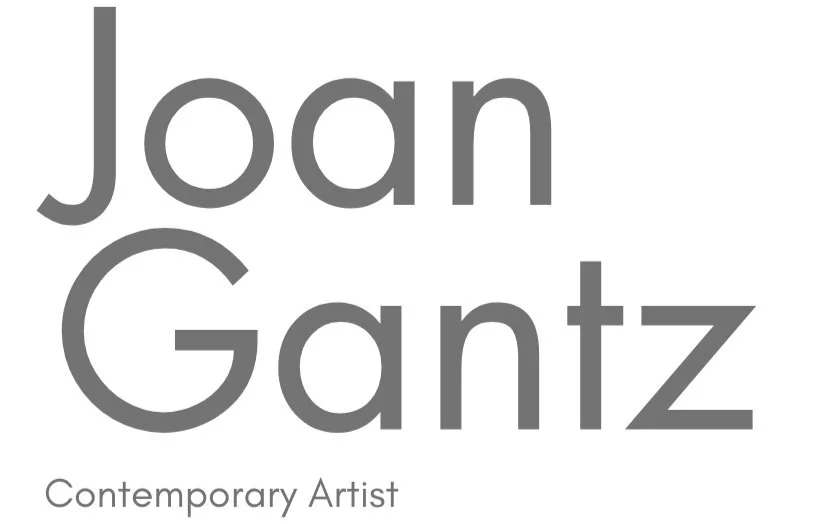Art in Bloom , when two good things come together
According to Wikipedia, the phrase '“ Art in Bloom “ was first used by a volunteer at the Museum of Fine Arts , Boston in it’s original exhibit in 1976. Since then, it has been copied and modified by many art institutions , garden clubs and communities throughout the country. These exhibits usually are held in the spring, presumably for the greater availability of floral materials for the participating designers. The exhibit uses traditional art pieces and a corresponding floral arrangement done by professional florists and garden club members.
I have participated in a few “Art in Bloom “ exhibits both as an art provider and a floral designer in my town, which is on a very small scale. I have attended many others in a variety of settings, in museums and at botanical gardens. Often , when I mention the exhibit , many people are unaware of exactly what it is. This explains my reasoning for this post.
Apart from the fact that I always enjoy the chance to view art, I am particularly delighted by these exhibits on any scale. The reason being that the creative process for the complimentary floral arranging is similar, but not exactly the same as the creative process of painting. Indeed, the basic elements of design line , color, shape, space, value , and texture are utilized by both artist and floral designer to varying degrees. however, with floral materials , there is the consideration of perishability but the added bonus of fragrance.
The florals are right on time for those of us who have longed for spring and fuel the desire to engage in artitistic interpretation by any means.
Scale of work is the impact of "Epic Abstraction" at the Met
No 16 Mark Rothko 120” x 119 1/2 “ oil on canvas 1960
I recently had the opportunity to visit the “ Epic Abstraction” exhibit at the Met.The choice of the word “ epic” was no mistake, even so I was unprepared for the sheer size of most of the work included. After an initial adjustment, i noticed that th gallery space lends itself to both detail and distant inspection of all of the work very comfortably.
Many of the pieces owned by the Met gave a great sampling of renown abstract expressionists like Jackson Pollock, Willem DeKooning, Ellsworth Kelly and Joan Mitchell, to name a few. The most memorable of these for me was the immensity and buzz of a room of Mark Rothko’s color block paintings. These artists really had something to say and they shouted it! The New York School, credited with a focus on movement, process and scale was speaking to epic post WWII ideas like history and time.
A pleasant surprise was the large number of female artists represented. Louise Nevelson’s ,“ Mrs N’s Palace” has a very prominent place in this lineup. It is interesting to notice the diversity of found objects and the flat black uniformity of the exterior while wondering about the interior, which is completely private.It is said “ we are all building our house here on earth…” Hers makes for a varied and interesting installation.
Finally, there were a fair number of lesser known and more contemporary artists given space and recognition as artists continuing with an abstracted focus on process, movement and some very BIG ideas.
After all is painted and hung, Ellsworth Kelly himself. puts it well, “ What is it? Why is it? and How does it make you feel?” This left me feeling like there was a lot to be said and it needs epic proportions to convey it.


